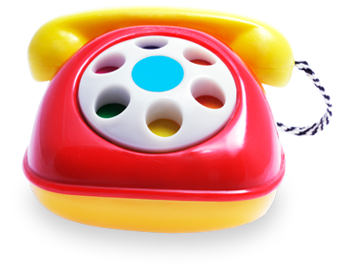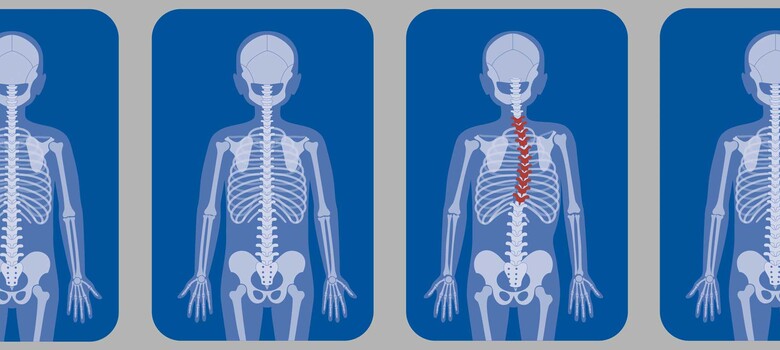What Is Vertebral Body Tethering?
During vertebral body tethering, small screws are placed in several vertebrae on the outside of the spine curve. Then, a flexible cord called a tether is attached to the screws and pulled tight. As your child grows, the tension placed on the spine by the tether helps it grow straighter. The spine is still able to bend and flex, allowing for a better range of motion than with other procedures like spinal fusion.
Learn how vertebral body tethering surgery works.
Spinal Fusion vs. Vertebral Body Tethering
Spinal fusion is another option for correcting scoliosis in children and teens and may be appropriate for children who do not meet the criteria for vertebral body tethering. During spinal fusion surgery, rods and screws are placed to stabilize the spine, and in many cases, two or more vertebrae are permanently fused together. The procedure is considered an open surgery. Because vertebral body tethering can be performed using minimally invasive techniques, there is less pain after surgery and shorter hospital stays. In additional, vertebral body tethering allows for more spine flexibility and a greater range of motion.
Candidates for Vertebral Body Tethering
Vertebral body tethering may be recommended for children who have not reached their full height and whose bones are strong enough to support the anchors placed on their vertebrae. Your child may also benefit if:
- Nonsurgical treatments have not corrected the problem
- Their spine curve is between 40 and 60 degrees
- Their idiopathic scoliosis is unrelated to a neurological condition, another deformity, or an injury
Children with significant growth still ahead of them may not be candidates because the tether may overcorrect the spinal curve. Likewise, teens approaching their full height may not have enough growth left to fully correct the problem.
A Comprehensive Evaluation
A thorough evaluation by a team of experts will determine if vertebral body tethering is right for your child.
Physical Exam and Medical History
Your child’s doctor will perform a physical exam and will ask about their health history. Girls may be asked questions about menstruation, as this information can help determine where they are in their growth cycle.
X-ray imaging shows joints and bones in your child’s back and helps your doctor measure the degree of their spine curve. X-rays of the hand can help determine where they are in their growth cycle. X-rays take a few minutes and are painless and noninvasive.
Duke was the first center in the state to offer this specialized X-ray, which uses significantly less radiation than traditional X-rays. The entire body can be imaged at once, from both the front and side, and it can be done while your child is standing.
MRI or CT Scans
MRIs and CT scans create more detailed, 3D images of the spine, including the discs, nerves, and spinal cord. They take about 30 to 60 minutes and are virtually painless.
Vertebral Body Tethering Surgery
Your child will receive general anesthesia for the procedure. Their surgeon will make small incisions between the ribs. A thin tube with a camera on the end is inserted through the opening to help guide the surgery. Real-time images taken during surgery are also used. With small tools, screws are inserted into several vertebrae on the convex side of the spine. A tether is attached to the screw heads and pulled tight. This tension will allow the concave side of the spine to straighten as your child grows. Generally, the procedure takes three to four hours.
Recovery
Most children stay in the hospital for two days after the procedure and can return to school after two or three days. After two weeks, they can resume their normal activities, including sports. In most cases, the tether and anchors will remain in place forever, so additional surgery is not required.

